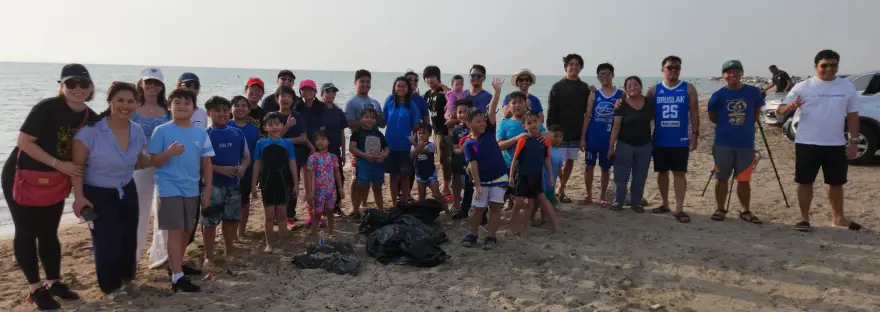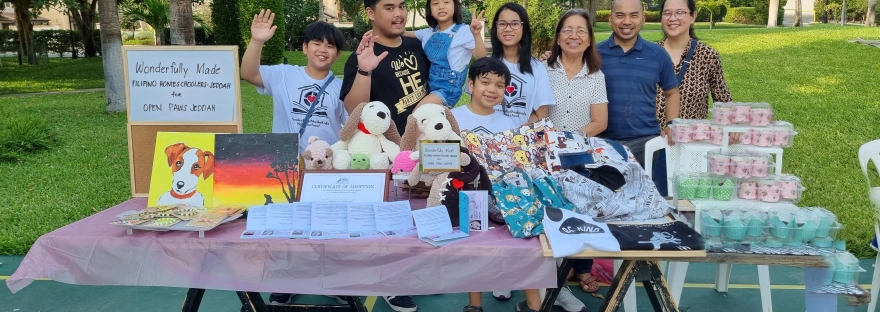“With God Daily” is the daily devotional written by Skye Jethani, co-host of the popular Holy Post podcast with Phil Vischer, creator of VeggieTales.
We have been using With God Daily in our Bible Devotions, and today it concluded a prayer from Henry Nouwen:
“Dear Lord,
https://henrinouwen.org/meditation/a-prayer-7/
Today I thought of the words of Vincent van Gogh: “It is true there is an ebb and flow, but the sea remains the sea.” You are the sea. Although I experience many ups and downs in my emotions and often feel great shifts and changes in my inner life, you remain the same. Your sameness is not the sameness of a rock, but the sameness of a faithful lover. Out of your love I came to life, by your love I am sustained, and to your love I am always called back. There are days of sadness and days of joy; there are feelings of guilt and feelings of gratitude; there are moments of failure and moments of success; but all of them are embraced by your unwavering love. . . . O Lord, sea of love and goodness, let me not fear too much the storms and winds of my daily life, and let me know there is ebb and flow but the sea remains the sea.
Amen.”
Merriam-Webster defines “ebb and flow” as “used to describe something that changes in a regular and repeated way.” It was a beautiful prayer, and a gentle reminder that life may often feel like riding a neverending rollercoaster that make us feel so unstable. However, one thing remains constant — our loving God.
To help our little ones appreciate this imagery more, we had our big sister explain what “ebb” and “flow” of the sea really means. These two phases of the tide describes the movement of water, with the ebb referring to the tide draining away from the shore (outgoing), and the flow referring to when the water goes back again (incoming). As sure as the sun rises in the east and the moon and stars come out at night, we can be confident that the ocean waters will faithfully rise and fall along our shores, and that the sea will always be the sea.
Now the kids have been asking to paint and so this presented us with a good opportunity to do so. We made some homemade cornstarch-based flow paint in different shades of blue so we could paint the waves of the sea. We used our own recipe similar recipe to the one from The Imagination Tree:
WMK Homemade Flow Paint * 2 cups of corn starch (or cornflour) * 2 tbsp. sugar * 4 cups of water * gel food colouring (we used Wilton) Method: 1. Mix the corn starch, sugar, and water then boil over a stove while strirring well. It will become thick and transluscent and turn off the heat once it has reached this point. (You can add a bit more water to make it flow better or keep it more custard-like and use as finger-paint.) Scoop out about half a cup in a bowl and mix in some food coloring. Then transfer to a squeeze bottle. Do the same for any other color you choose.
The kids started working on their own “ebb and flow” paintings using the flow paint and they even tried blowing it using plastic straws to make their art.



This kind of activity is more about enjoying the creative process rather than arriving at a frame-worthy art piece. It is also called “process art,” and the kids were allowed to explore their own unique ideas using the material we had on hand. They tried making ocean waves but soon started discovering other shapes and forms that they could make using the flow paint.
What makes process art such a beneficial part of our homeschooling experience is that it allows the children to use their imagination and experiment all the possibilities as well as the limitations of the material, and gain confidence because there are no real “mistakes” to be made — everything is part of the learning process.
It is interesting that the “spark” that led us to this activity — the idea that, ” “It is true there is an ebb and flow, but the sea remains the sea,” reflects the same truth about process art. The kids’ individual creative journey might have taken them into different explorations but they all arrived at the same destination.



